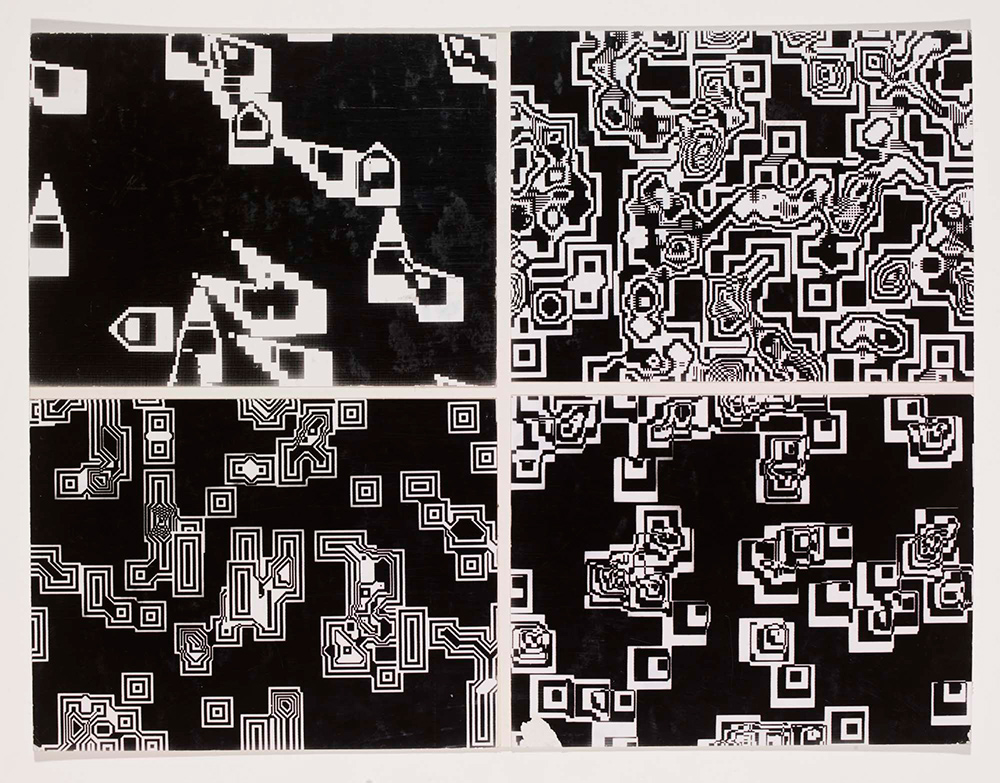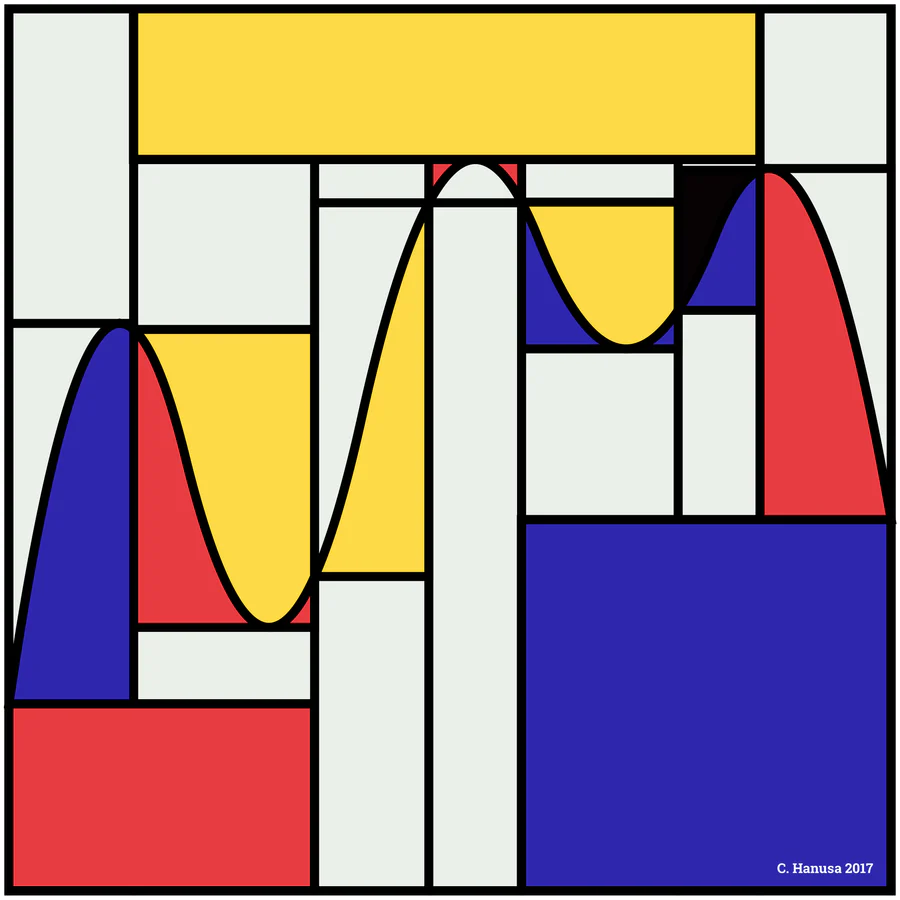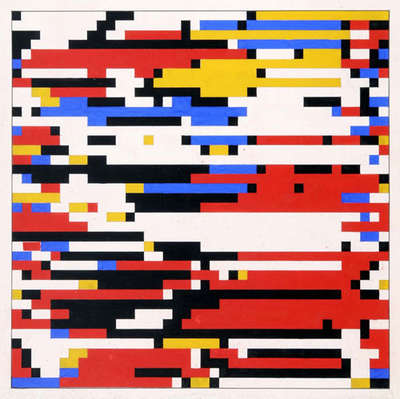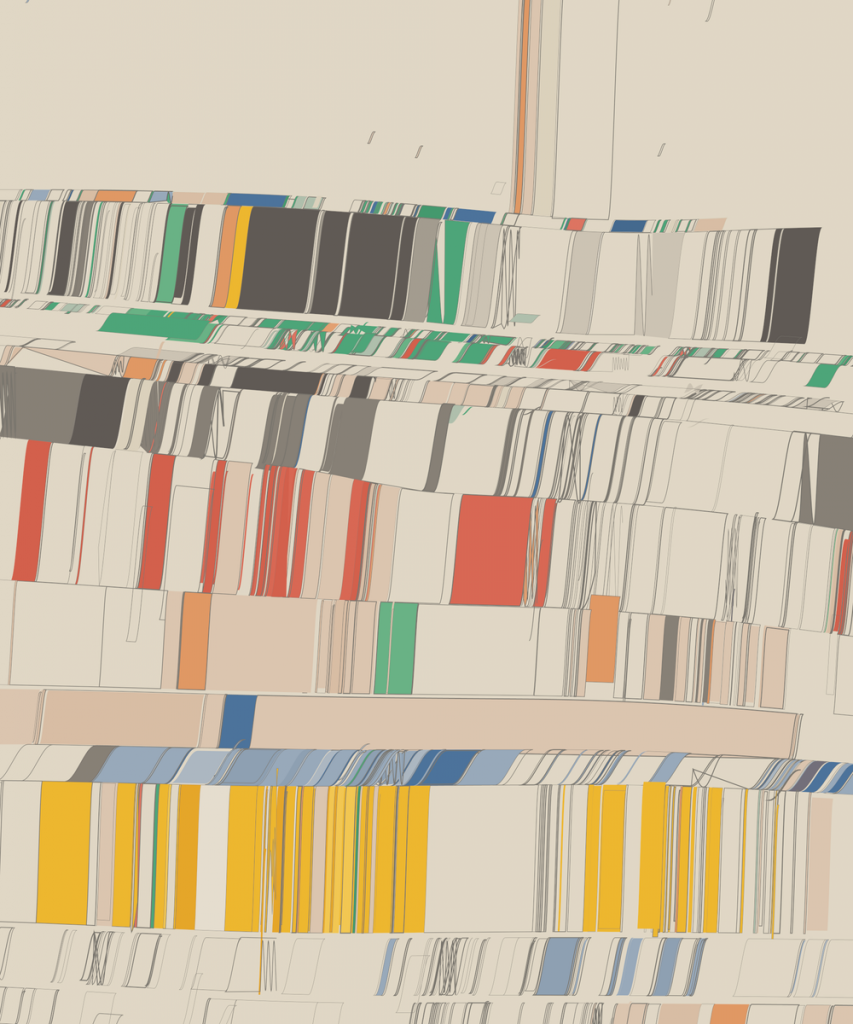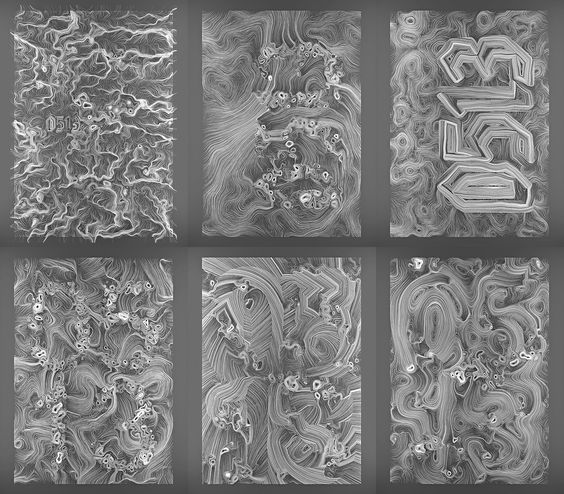Work title: Generative Illustrations of the Human Form [Papilarnie II]
Designer: Janusz Jurek
Work Link: https://www.behance.net/januszjurek
Jurek is a Polish designer who focuses on transforming human forms into 3D generative art that is constructed with entangling strings. After creating this series of works, he stated, “Human body has always been the most popular subject in a drawing. Generative art is about motion, and the human body is about motion, even motionless. It has a complicated nervous system and blood vessels, which work all the time like wires. The way it works is the greatest wonder of nature.” In his works, there are no specific rules for how the wires are displayed on canvas. Instead, it is through a more randomized layering of these wires that creates depth and tension. In programming wise, I assume there is a primary path set for the computer to draw over many times (the densest layer), and all other lines are generated randomly on the canvas either by controlling the mouse or not. I also like how the artist is portraying only a partial body on the canvas because this allows the viewer to imagine the narrative of the drawing differently through blank spaces.
![[OLD SEMESTER] 15-104 • Introduction to Computing for Creative Practice](../../../../wp-content/uploads/2023/09/stop-banner.png)
